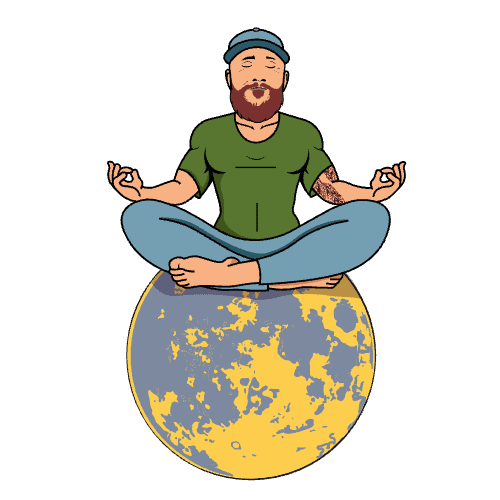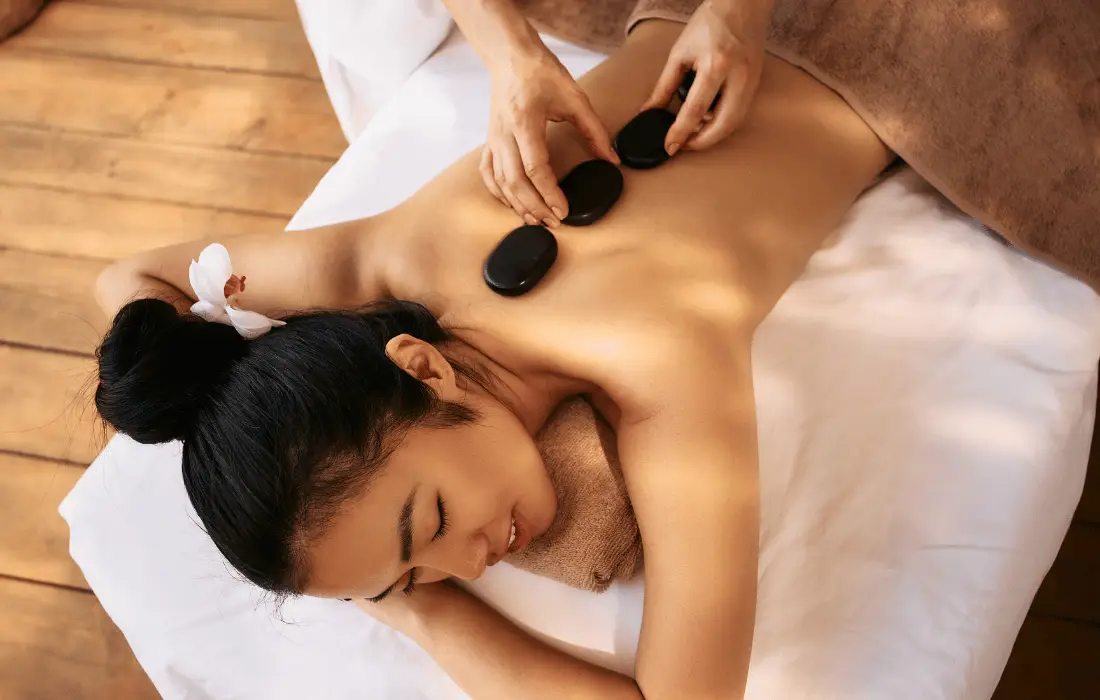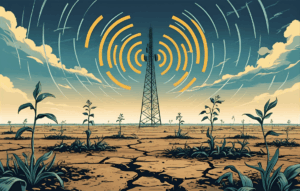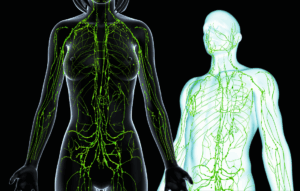Massage therapy has long been seen as a luxury—something you indulge in for a special occasion or to pamper yourself after a stressful week. I’ll admit, that was my perspective for years. Back in my early days of training in Jiu-Jitsu and wrestling, I thought massages were more about relaxation than any real physical benefit. It wasn’t until I delved deeper into sports exercise science and experienced the benefits firsthand that I realized how integral massage therapy can be for holistic health, athletic performance, and overall well-being.
Beyond Pampering: The True Benefits of Massage Therapy
Massage therapy is not just about feeling good. While relaxation is a bonus, the true magic lies in the physiological and anatomical benefits that regular massages can provide:
1. Myofascial Release
Fascia, the connective tissue that encases your muscles, can become tight, knotted, and restricted over time, leading to reduced mobility, pain, and a higher risk of injury. Techniques like myofascial release target these issues directly, helping to restore mobility and alleviate chronic tension.
What is Fascia?
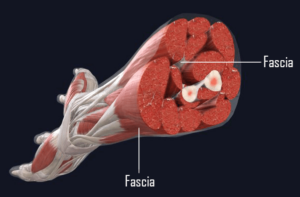 Fascia is a web-like structure of connective tissue that surrounds and supports muscles, bones, and organs. It provides structural integrity and allows for smooth movement between muscles. Overuse, injuries, or poor posture can cause the fascia to tighten, resulting in pain and restricted mobility. Myofascial release works to soften and elongate the fascia, improving movement and reducing discomfort.
Fascia is a web-like structure of connective tissue that surrounds and supports muscles, bones, and organs. It provides structural integrity and allows for smooth movement between muscles. Overuse, injuries, or poor posture can cause the fascia to tighten, resulting in pain and restricted mobility. Myofascial release works to soften and elongate the fascia, improving movement and reducing discomfort.
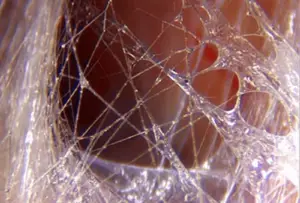
When I first experienced myofascial release, it was eye-opening. Unlike a generic spa massage, this technique focused on releasing tension deep within the connective tissue, dramatically improving my flexibility and reducing stiffness after intense training sessions. Studies have shown that myofascial release can improve range of motion and reduce pain, making it a cornerstone of recovery for athletes and non-athletes alike.
2. Lymphatic Drainage Massage
Your lymphatic system plays a crucial role in detoxifying the body and maintaining a robust immune response. Manual lymphatic drainage is a specialized massage technique that enhances this process, helping to remove waste and toxins more efficiently.
Understanding the Lymphatic System
The lymphatic system is part of your immune system and consists of a network of vessels and nodes that transport lymph fluid throughout the body. This fluid contains white blood cells, proteins, and waste products. Unlike the circulatory system, the lymphatic system lacks a pump, relying on muscle contractions and manual stimulation to move lymph fluid. Lymphatic drainage massages help stimulate this flow, reducing swelling, improving detoxification, and boosting immunity.
I found this particularly beneficial during my weight cuts for wrestling competitions, where every ounce of water retention mattered. Lymphatic drainage not only reduced swelling but also improved my recovery time, leaving me feeling less fatigued.
3. Stress Relief and Hormonal Balance
Massage therapy triggers the parasympathetic nervous system, often referred to as the “rest and digest” mode, which helps lower cortisol levels and promote the release of endorphins. For someone like me, who thrives on the adrenaline of high-intensity training, massages have been essential for maintaining hormonal balance and mental clarity.
The Role of the Parasympathetic Nervous System
When your body is under chronic stress, it’s stuck in a state of “fight or flight,” governed by the sympathetic nervous system. Massage therapy shifts your body into a parasympathetic state, lowering cortisol levels and enhancing relaxation. This not only aids mental health but also supports better digestion, sleep, and recovery.
4. Improved Circulation and Muscle Recovery
Massage therapy improves blood flow to muscles, which is critical for delivering oxygen and nutrients while flushing out metabolic waste. After grueling training sessions, I’ve found that massages significantly reduce soreness and expedite recovery. Enhanced circulation also promotes tissue repair, which can help prevent injuries.
How Massage Boosts Circulation
By applying pressure and releasing tension, massage stimulates blood flow to targeted areas. This helps reduce inflammation, clear out toxins, and deliver vital nutrients to muscles and tissues. For athletes, this process accelerates recovery and minimizes delayed onset muscle soreness (DOMS).
Research highlights the role of massage in reducing DOMS, improving muscle function, and facilitating faster recovery. For athletes, this benefit alone can be a game-changer.
5. Enhanced Mental Clarity
While the physical benefits of massage are well-documented, its impact on mental clarity and focus is equally profound. During intense training periods, mental fatigue can be as debilitating as physical exhaustion. Regular massages have helped me reset mentally, giving me a clear mind to approach both training and daily life. I’ve actually had some of my best business and life reflections mid and post-massage.
Enhancing Your Massage Experience: Add-Ons to Consider
Massage therapy has evolved to include a variety of complementary practices that can enhance its benefits. Here are some popular add-ons to consider:
1. Cupping Therapy
Cupping therapy involves placing specialized cups on the skin to create suction. This technique helps improve blood flow, reduce muscle tension, and promote healing by drawing stagnant blood and toxins to the surface. While it may leave temporary circular marks, many athletes swear by its effectiveness in relieving deep-seated tension and improving recovery.
2. Hot Stone Massage
Hot stone therapy uses smooth, heated stones placed on key points of the body. The heat helps relax muscles, increase circulation, and enhance the overall massage experience. For individuals with chronic pain or high stress levels, hot stones can provide an extra layer of relaxation and relief.
3. Himalayan Salt Stones
Himalayan salt stones are a natural alternative to traditional hot stones. Known for their mineral content and purported detoxifying properties, these stones add a therapeutic element to your massage. They can help exfoliate the skin, improve circulation, and leave you feeling revitalized.
4. Acupuncture
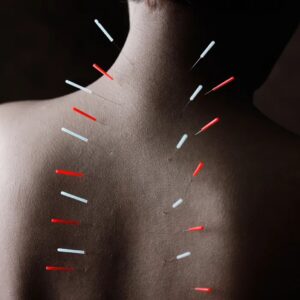
Though not always offered as a direct add-on, acupuncture can complement massage therapy beautifully. By targeting specific pressure points with fine needles, acupuncture helps release tension, balance energy, and address chronic pain or stress. When combined with massage, it can enhance relaxation and promote deeper healing.
Adding any of these techniques to your massage routine can elevate your experience, targeting specific needs and providing additional health benefits.
The Price Spectrum: Finding the Right Therapist
Over the years, I’ve paid anywhere from $30 to $200 for a massage. What I’ve learned is that price doesn’t always equate to quality. Here’s a breakdown of what you should consider:
1. High-End Studios vs. Affordable Options
High-End Studios: These often come with plush amenities and a relaxing atmosphere, but the quality of the massage may vary. Some focus more on the spa relaxation experience than addressing deeper tissue issues.
Affordable Options: While budget-friendly, you often get what you pay for. Basic massages may feel good but lack the skill or technique necessary for lasting benefits.
2. Specialized Techniques Matter
The best investment I’ve made is finding a therapist trained in myofascial release, deep tissue work, and/or sports massage therapy. These techniques target the root causes of tension and dysfunction rather than just providing temporary relief. The key is not always in paying the highest price but in seeking a practitioner with the right expertise.
3. Trust and Communication
Building trust with your massage therapist is paramount. For effective treatment, you need to fully relax, breathe deeply, and let go of any physical or mental tension. This can only happen if you feel safe and confident in the therapist’s abilities.
I’ve had sessions where I couldn’t fully relax because I wasn’t sure if the therapist understood my needs. Conversely, I’ve worked with therapists who made me feel completely at ease, allowing them to work more effectively on my problem areas.
The Science of Massage: Backed by Research
Scientific research continues to validate the benefits of massage therapy. Studies reveal its effectiveness in managing chronic pain, reducing stress-related hormones, and improving sleep quality. Here are some key findings:
Pain Management: Research shows that massage therapy can significantly reduce pain in conditions such as fibromyalgia, arthritis, and lower back pain.
Stress Reduction: A 2004 study found that regular massages lower cortisol levels and increase serotonin, creating a sense of well-being.
Improved Sleep: Massage therapy has been linked to enhanced sleep patterns, particularly in individuals with insomnia or high stress levels.
Tips for Maximizing Your Massage Therapy Experience
If you’re new to massage therapy or looking to enhance your current routine, here are some actionable tips:
1. Do Your Research
Look for therapists with certifications in myofascial release, sports massage, or lymphatic drainage. Reviews and recommendations can also be invaluable. When looking for a massage in a new city, I often search Google Maps for “holistic massage” or “myofascial release massage” before sorting through the comments and bio to decide if they are worth my time and money.
2. Communicate Your Needs
Before your session, discuss your goals with your therapist. Whether it’s recovering from an injury, improving mobility, or simply relaxing, clear communication ensures the session is tailored to your needs.
3. Focus on Breathing
Deep breathing helps you relax and allows the therapist to access deeper layers of tissue. It also enhances oxygenation, which is crucial for tissue repair and recovery.
4. Be Consistent
Like any other aspect of health and wellness, consistency is key. Regular sessions yield the best results, whether it’s once a month or biweekly, depending on your needs and budget.
5. Supplement with Self-Care
Massage therapy is most effective when paired with other self-care practices like stretching, hydration, and proper nutrition. Foam rolling and mobility exercises can help maintain the benefits between sessions.
Final Thoughts
Massage therapy is much more than a luxury; it’s an investment in your health, performance, and quality of life. Whether you’re an athlete, a desk worker, or someone simply looking to feel better, the benefits of regular massages are profound.
Through years of training, injuries, and recovery, I’ve come to appreciate the value of skilled hands in keeping my body functioning at its best. So, take the time to find a therapist you trust, explore techniques that work for you, and make massage therapy a consistent part of your wellness routine. Your body will thank you for it.
